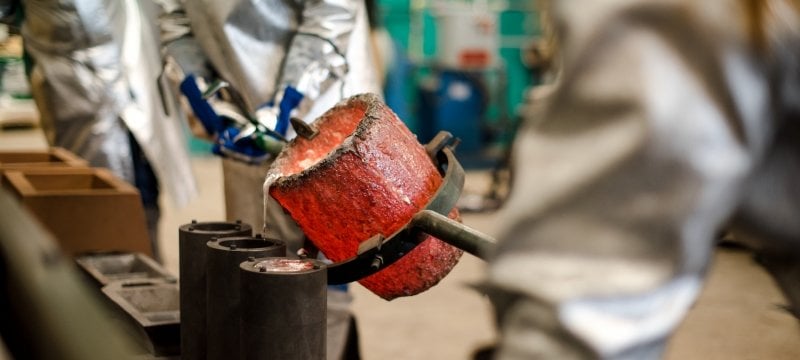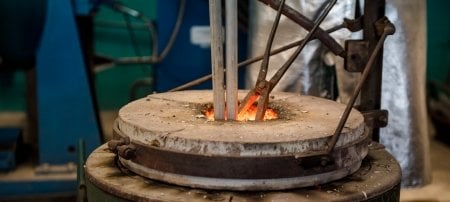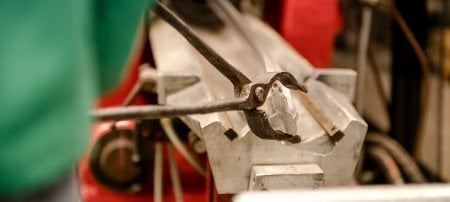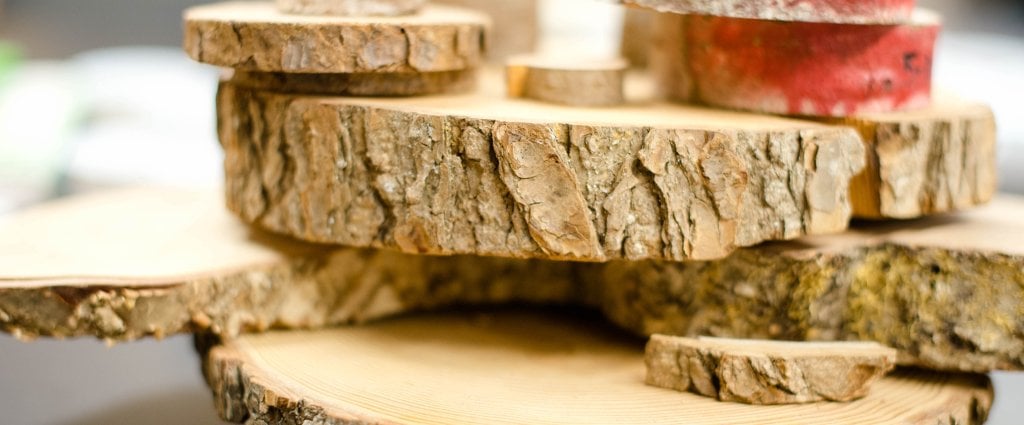Senior Design students in the Department of Materials Science and Engineering are drilling into a problem as common as deck screws. In his guest blog, student writer Evan Monko shares the story behind the project.
Picture yourself sitting with friends and family on your deck. The grill is on with burgers and dogs cooking to perfection. Everyone is merry, talking and laughing about the work week. You all sit down at the table to dig into this weekend cookout when suddenly the deck begins to creak. Initially the noise is passed off as boards settling — until one side of the deck collapses. No one is hurt, but you are in shock as a deck built to last decades has fallen to pieces in just a few short years. While this exact scenario is hypothetical, a crumbling deck due to fastener corrosion is all but certain for many deck owners.
In 2003 the process used to treat lumber changed. This little-known change was originally intended to save money and remove arsenic from the wood treatment solution. However, in recent years, companies and homeowners found that the reaction between treated lumber and fasteners causes the metal to corrode at an unprecedented rate in structural connection points of many houses and decks. Companies across the nation have been scrambling to find a solution for this ticking time bomb, as the majority of commercial houses and decks have used these corrosive fasteners over the past 17 years.
Bad Chemistry: Treated Lumber and Fasteners
In the 1940s, to prevent wood rot from insects, mold and wood-boring marine invertebrates, lumber manufacturers started pressure treating lumber. Then in the 1970s, they found out lumber treated with chromated copper arsenate (CCA) had very low galvanic corrosion potential with the fasteners coating system. After 30 years of the arsenic-laden treatment, manufacturers voluntarily withdrew all residential uses of CCA treated lumber in 2003.
CCA has since been replaced with copper azole, an alkaline copper quaternary and micronized copper azole. All of these treatments use copper as the main element to stop degradation. The problem is, copper is highly galvanic: When two or more dissimilar metals are brought into electrical contact with water, they become a weak battery. One of the metals in the couple becomes the anode and corrodes faster than it would all by itself, while the other becomes the cathode and corrodes slower than it would alone. Eventually, the fasteners experiencing accelerated corrosion will fail.
Since 2003, fastener manufacturers have been trying to develop a solution to counteract copper's highly galvanic properties on fasteners. And now Altenloh, Brinck & Co. U.S. Inc. has turned to Michigan Tech student engineers to help find an answer.
Fastener Corrosion Senior Design
A team of seniors in the Department of Materials Science Engineering program have begun work on a new coating for structural fasteners set into treated lumber. This project is part of the Senior Design program at Michigan Tech, which allows seniors a chance to get some job experience before leaving school, as many projects are sponsored by companies within the industry. When students of Michigan Tech work closely with other engineers in the field, they are able to develop a better understanding of on-the-job engineering practices.
To meet their sponsor’s requirements, the students’ anti-corrosion coating solution must:
- Cost less than 50 cents per pound.
- Have no red rust visible on the fastener head after a 1,000-hour salt fog subjection.
- Be resistant to corrosion when in contact with galvanized steel fixtures.
- Be able to be applied to fasteners up to 12 inches long with internal or external driven heads.
The student team includes Anne Hildebrandt, Jason Seeterlin, Nate Carey and Henry Vandermark. The team has worked in the Michigan Tech foundry, in the lab studying corrosion and on the project’s online and report materials.
Michigan Technological University is an R1 public research university founded in 1885 in Houghton, and is home to nearly 7,500 students from more than 60 countries around the world. Consistently ranked among the best universities in the country for return on investment, Michigan's flagship technological university offers more than 185 undergraduate and graduate degree programs in science and technology, engineering, computing, forestry, business, health professions, humanities, mathematics, social sciences, and the arts. The rural campus is situated just miles from Lake Superior in Michigan's Upper Peninsula, offering year-round opportunities for outdoor adventure.






Comments